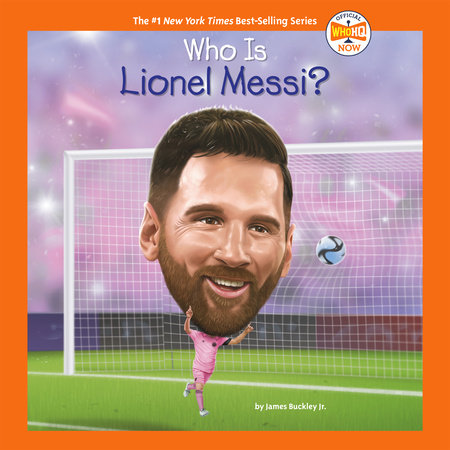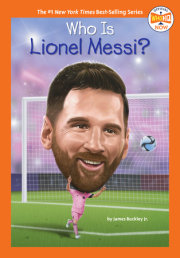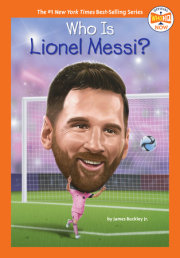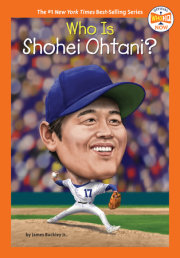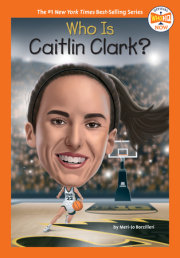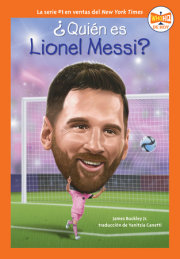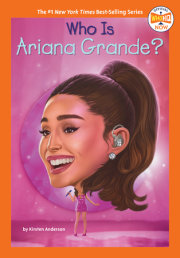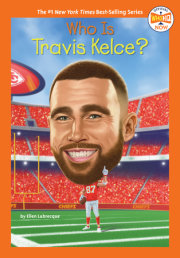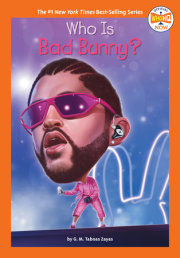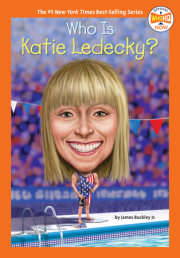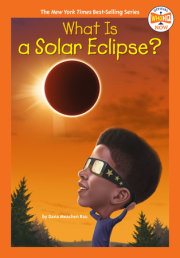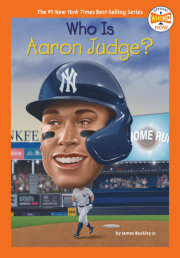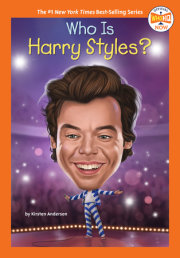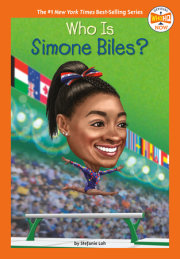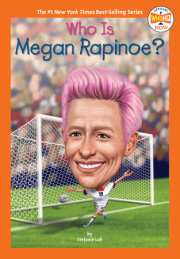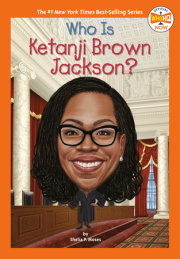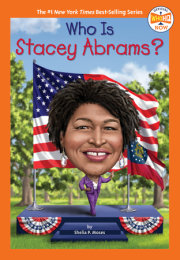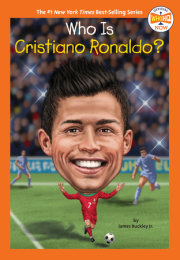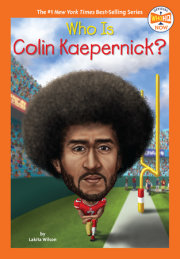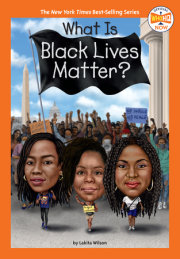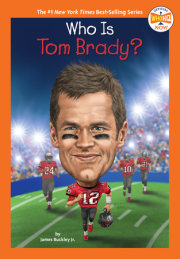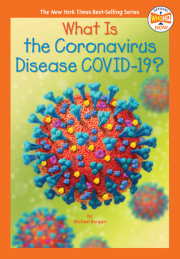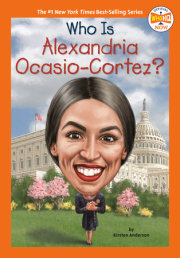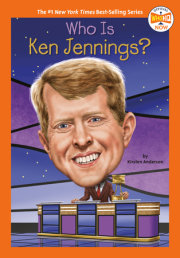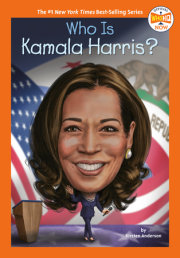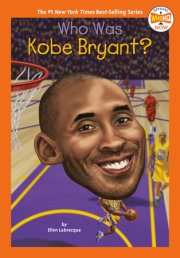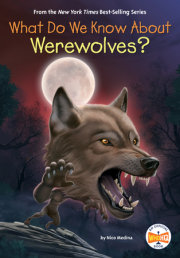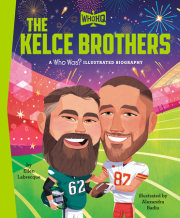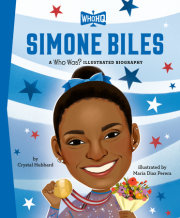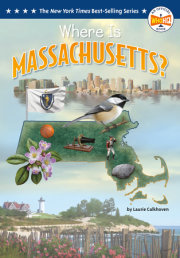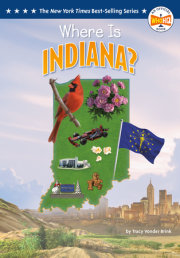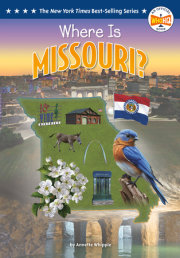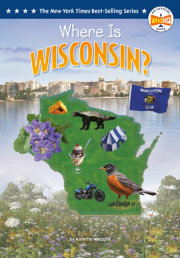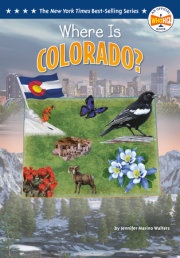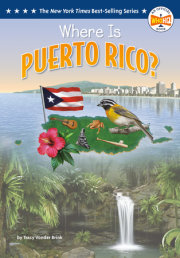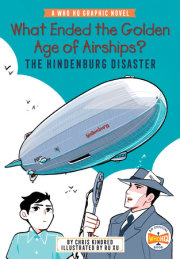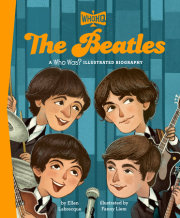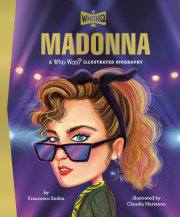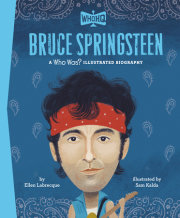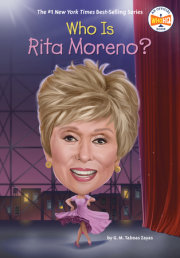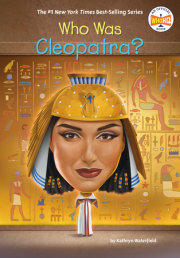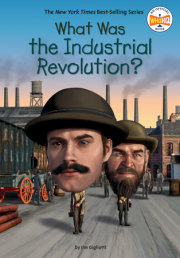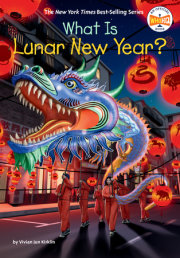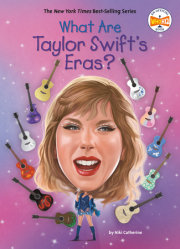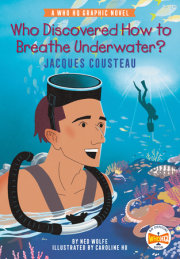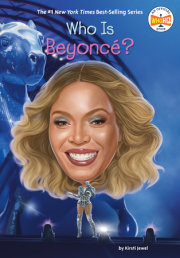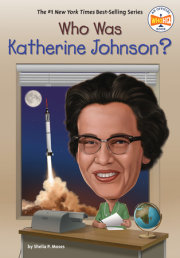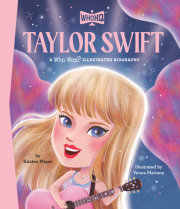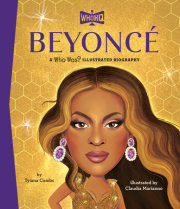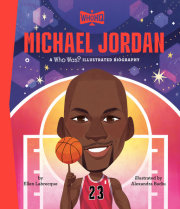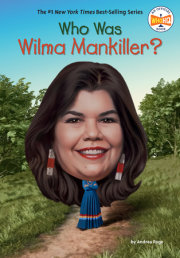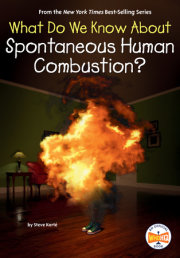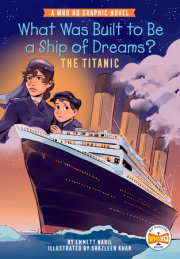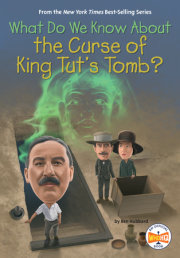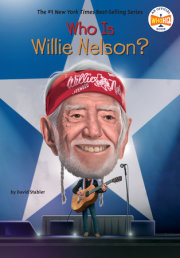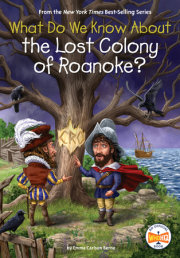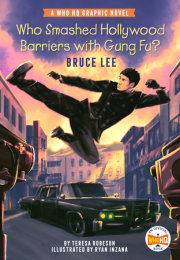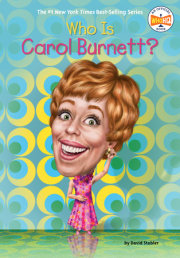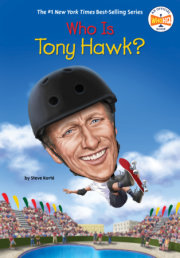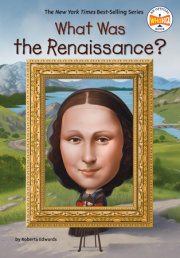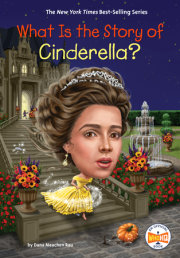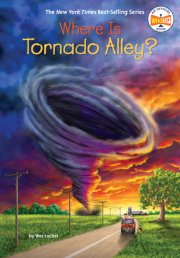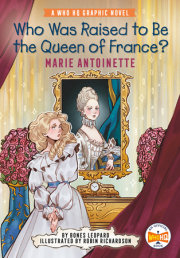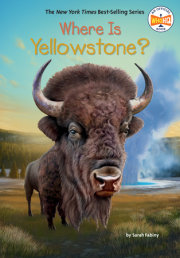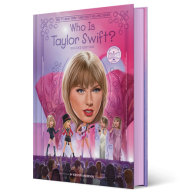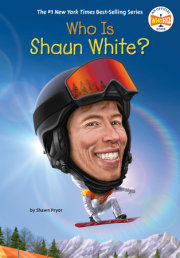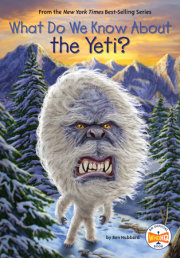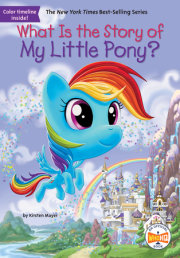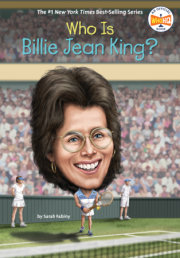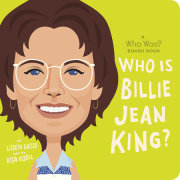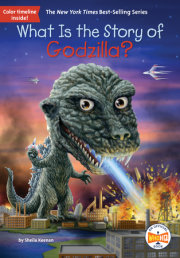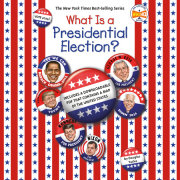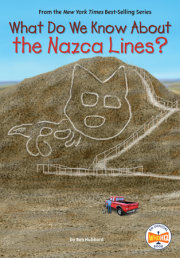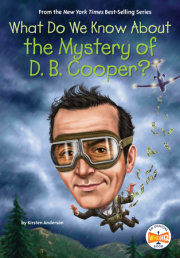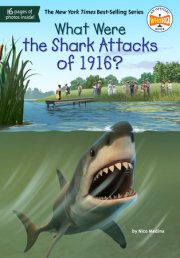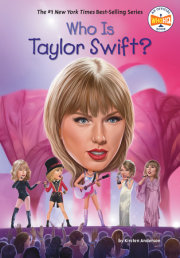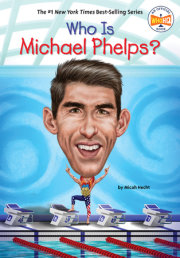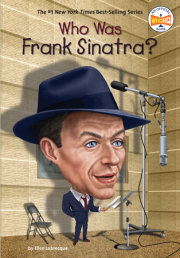Who Is Lionel Messi? All the fans in DRV PNK Stadium in Fort Lauderdale, Florida, were on their feet, cheering. Some had paid thousands of dollars for tickets to watch the last-place Inter Miami team play in the 2023 Major League Soccer (MLS) Leagues Cup. Most of those fans were cheering for the Miami team, which was tied 1–-1 with Mexico’s Cruz Azul. Miami needed a goal to avoid a penalty-kick shootout to advance in the tournament.
The man in the pink shirt with number ten on his back paid no attention to the fans. He was setting up to do something he did better than anyone else in soccer history. He stood a couple of yards behind the soccer ball. The eyes in his brown-bearded face stared at the goal, twenty-five yards away.
The referee blew his whistle. Lionel (say: LEE-oh-nell) Messi took a few steps toward the ball. His left leg whipped back, then forward. The ball zipped up and over a defensive wall of opponents and flew under the crossbar of the goal. As it smacked into the back of the net, the Miami fans screamed for joy. Lionel Messi ran to hug his teammates. Then he went to the sidelines to embrace his three sons and his wife.
It was a shocking, amazing miracle shot. The game ended just seconds later; Inter Miami had beaten Cruz Azul 2–1.
Making magic on a soccer field was nothing new for Lionel Messi. When he arrived in June 2023 to play for Inter Miami, the team had won only five of its twenty-two games that year. Messi’s first games with the team were in the Leagues Cup, a competition that didn’t count toward the regular-season standings—-so every team had a chance. But with Lionel, Inter Miami had more than just a chance. Already the winner of seven trophies as the world’s best player, plus a 2022 World Cup trophy with Argentina, Lionel inspired his new team. Over the next month, he electrified world soccer. Stores ran out of replicas of his pink jersey as fans rushed to buy them. People packed stadiums to watch, millions tuned in on TV, celebrities arrived to see him play.
From almost the moment Lionel first touched a soccer ball as a boy, he had been thrilling everyone who watched. His skill and his hard work had taken him from his home in Argentina to success in Spain to the very top of the world of soccer. And then he went to the United States to create even more memories. Here’s the story of how he did it.
Chapter 1 From Argentina to Spain The world’s greatest soccer player was born in a city that is obsessed with soccer. Lionel
Andrés Messi was born on June 24, 1987, in Rosario, Argentina. Rosario is about 185 miles northwest of the capital, Buenos Aires. When Lionel was born, the city was home to about a dozen soccer clubs. One of the two biggest clubs was called Newell’s Old Boys. Lionel’s father,
Jorge, had played for Newell’s when he was younger. Lionel’s oldest brother, Rodrigo, had also played there; his next older brother, Matías, played for a different club. When Lionel was three, he got his first soccer ball; it was red, one of Newell’s team colors.
Using a nickname that some fans still use for Lionel, Rodrigo later said, “Leo left the house with a ball, lived with the ball, and slept with the ball. He only wanted the ball.”
By the time he was four, Lionel was dribbling that ball past his older brothers and most of the kids in the neighborhood. It didn’t matter that he was very small for his age. He had what his father called “a gift” for playing soccer. Every Sunday, the Messi boys would gather at their grandmother Celia’s house and play all afternoon before Celia made the family a big
meal.
Jorge Messi worked for a steel company. Lionel’s mother, who was also named Celia, was busy working, too. So it was his grandmother who first took Lionel to find a team when he was four years old. She walked with Lionel to Grandoli, a team that was practicing in their Las Heras neighborhood. The Grandoli coach thought that Lionel was too small, but Lionel’s grandmother insisted. “Put him on, put him on,” she said. From almost the first moment Lionel touched the ball on the small field, he was a star. He dribbled past defenders, he made perfect passes, he scored goal after goal.
“She was my first fan at training, at the games. Her cries of encouragement were always with me,” Lionel remembered about his grandmother.
While he played soccer for Grandoli, he did other things with his friends. They loved PlayStation video games and also played marbles on the sidewalks. One of his good friends was Antonela Roccuzzo, the cousin of his best friend. He made other friends among his Grandoli teammates.
On the soccer field, Lionel was the center of attention, but in school, he was very shy. In some classes, he asked friends to give answers rather than raise his own hand. In 1993, the Messi family welcomed a daughter, Maria Sol.
When Lionel was seven, he was old enough to join the Newell’s junior teams, as his father and brother had done. Lionel was joined by other very good young players, and their team became almost unbeatable. Because most of the team members were born in 1987, they were nicknamed “the ’87 Machine.” They won game after game; in one 10–-0 win, Lionel scored eight of the goals!
Lionel’s grandmother Celia died when he was ten, and he started pointing to the sky with two fingers after every goal to remember her. He had a lot of chances to point—-Lionel scored 234 goals in 176 games with Newell’s.
As Lionel got older, Jorge wanted to make sure that his son had a chance to play at the top level. He made videos of Lionel’s best plays. Videos were also made of Lionel juggling an orange and a tennis ball hundreds of times in a row with his feet, showing off his great abilities. He gathered videos of Lionel dribbling around several players before kicking goals. Jorge sent the tapes to pro teams in Argentina, Spain, and Italy.
When Lionel was eleven, however, his doctors discovered the reason he was so small. There was a problem with a chemical in his body called a growth hormone. The doctors said that Lionel could get shots of medicine that might help correct this. He would have to take the shots almost every day, and the medicine was very expensive. The family was worried that they could not afford the treatment.
Then one of the teams that had seen Jorge’s tapes of Lionel contacted the family. Futbol Club (FC) Barcelona in Spain is one of the most famous soccer clubs in the world. They asked Jorge and Lionel to fly to Spain so that Lionel could try out for Barcelona’s youth teams. In Spain, Lionel spent several weeks practicing and working out with other players, including some of Barcelona’s first-team international superstars.
Barcelona club director Carles Rexach finally got to see Lionel play in a game in October 2000. After just a few minutes watching, he was convinced. Lionel and Jorge went back to Argentina. Carles Rexach and Jorge continued to discuss the deal that would bring Lionel back to play for Spain. At one point, Rexach even wrote out a famous promise to sign Lionel . . . on a napkin!
Once the deal was set, Lionel and most of his family moved to Spain in 2001. Lionel cried during the long flight across the Atlantic Ocean. He knew it was the right move for him, but he was going to miss his friends and his neighborhood. In Barcelona, the team found the Messis an apartment and helped Jorge find a job, too. They also paid for the medical treatments that Lionel still needed.
Lionel began training and studying at Barcelona’s La Masia, an academy for the team’s many young players. He was still very shy and it took him a long time to fit in with the other, mostly older, boys. He also had to learn a new language, as most people in Barcelona spoke Catalan, not Spanish, as Lionel did in Argentina. Eventually, he found a way to connect with other kids by playing tabletop soccer, called foosball. He also found Argentine restaurants in Barcelona where he could enjoy food that he loved from back home.
In the summer of 2001, everyone except Jorge and Lionel moved back to Argentina. Lionel said later that he would often cry himself to sleep because he missed his mother and his siblings so much.
Lionel was moving quickly through Barcelona’s several layers of youth teams, such as Under-16 and Under-19. In 2003, he played at five different age group levels! In 2004, he played his first game with Barcelona’s top team, FC Barcelona. Lionel was only seventeen, the second youngest ever to play for the famous club since its founding in 1899. Lionel saved the jersey from that game to send home to Argentina to his mother.
Copyright © 2024 by Penguin Random House LLC. All rights reserved. No part of this excerpt may be reproduced or reprinted without permission in writing from the publisher.

